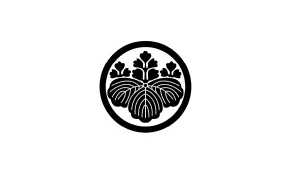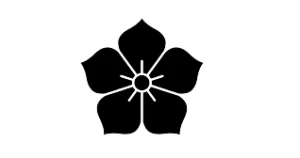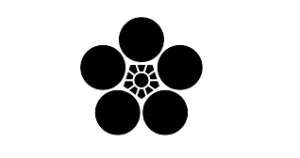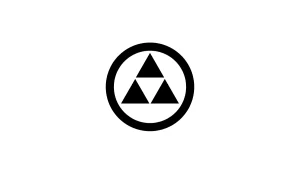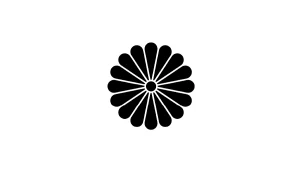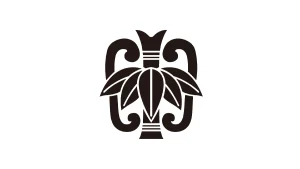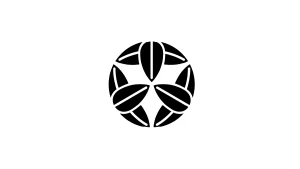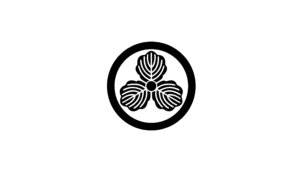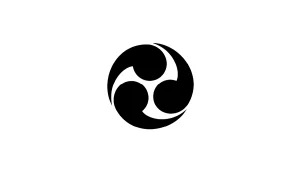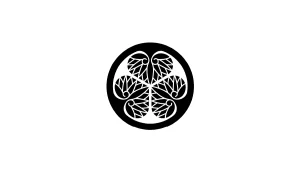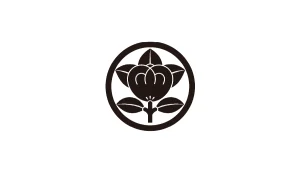Jūrokugiku— Japanese Family Crest (Kamon)

Overview
The “Jūrokugiku,” or the “Chrysanthemum Crest,” is one of the most prestigious family crests (kamon) in Japan and serves as the official emblem of the Japanese Imperial Family. Its design features a chrysanthemum flower with 16 petals, symbolizing elegance and authority.
Historical Significance
The chrysanthemum crest was first adopted by Emperor Go-Toba during the Kamakura period as a personal emblem for his court. Over time, it became exclusively associated with the Imperial Family, and its use was restricted to members of the nobility. Chrysanthemums were originally introduced to Japan from China, where they were symbols of immortality and prosperity, making them a fitting choice for the Imperial emblem.appeal as a family crest.
Symbolism
The chrysanthemum represents longevity and immortality, while the 16 petals signify harmony and perfection. The symmetrical and refined design reflects the dignity and stability of the Imperial Family.
Modern Usage
Today, the “Jūrokugiku” is prominently used as the official symbol of the Japanese Imperial Family. It is featured on Japanese passports, government documents, and other official items, making it a widely recognized emblem of Japan.
- What does the Sixteen-Petal Chrysanthemum crest symbolise?
-
It represents longevity, purity and supreme nobility; the chrysanthemum blooms long into autumn, outlasting other flowers.
- Is this crest linked to the Imperial family?
-
Yes—the Imperial House uses the 16-petal double-layer (jūroku-yae) version; simpler single-layer variants were adopted by samurai and shrines seeking Imperial favour.
- Can I add the Juroku-giku crest to a tote bag at Shodocafe7557?
-
Yes.
Customizable Tote Bag with Japanese Family Crests (Kamon) and Kanji
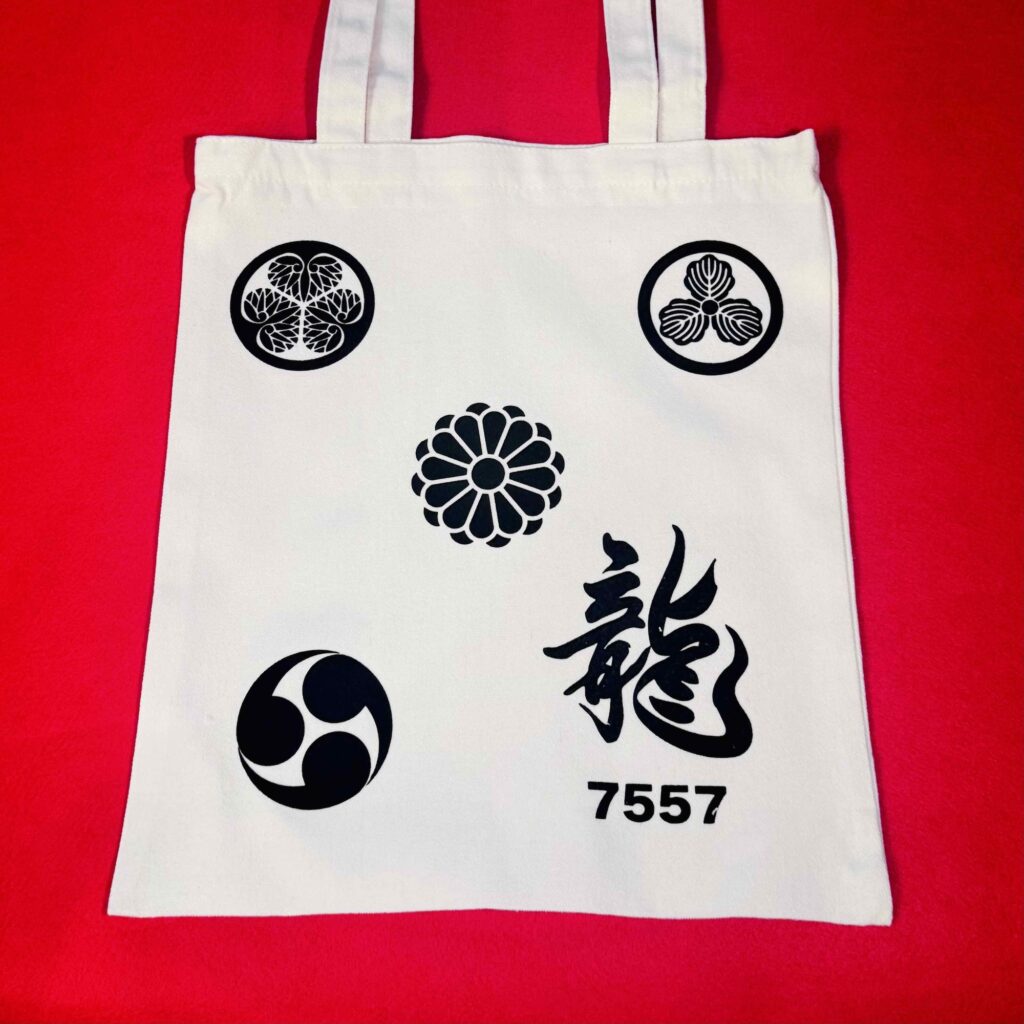
We sell customizable tote bags featuring Japanese family crests (kamon) and kanji. Choose your favorite crest and characters—such as ‘龍’—and we’ll craft a unique, made-in-Tokyo piece. Perfect as a cultural gift or travel keepsake. Lead time varies by design.
Want to explore more Japanese family crests?
Check out the links below to learn about the meanings and origins of other representative kamon.
We also offer custom tote bags featuring your favorite crest—feel free to contact us for orders or inquiries!
Which is your favorite family crest?
Japanese family crest
